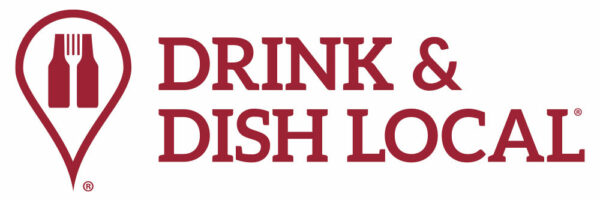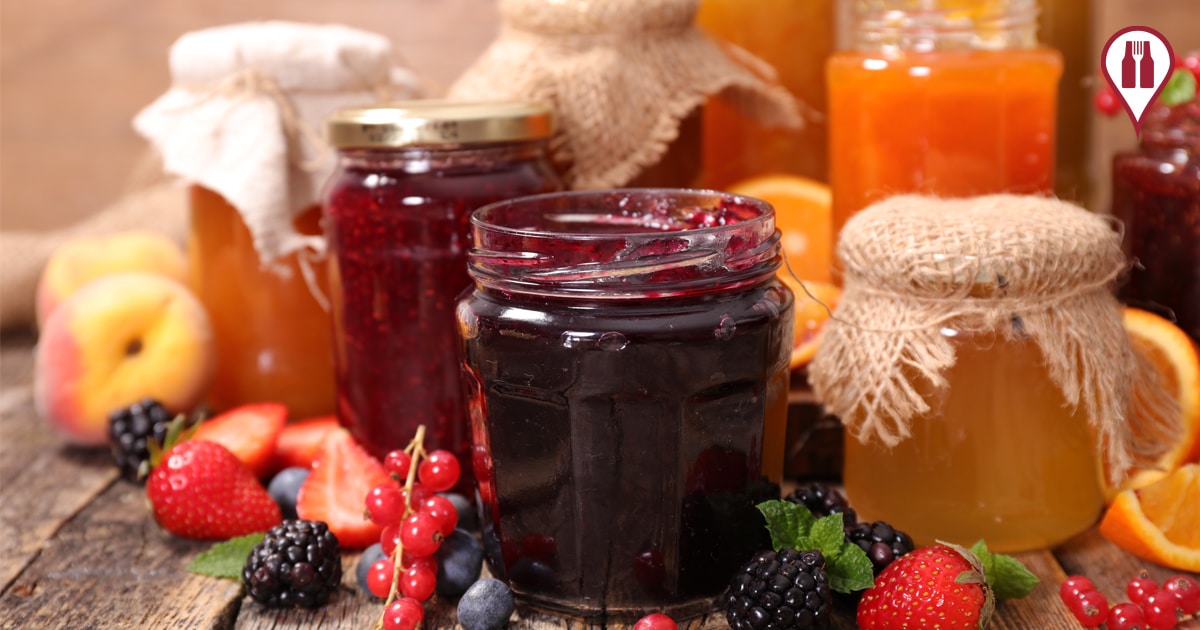While very much alike, jelly, jam, and preserves have many more differences than you might think. We will give you the scoop all about jelly, jam, and preserves, such as the unique processes it takes to make each one and the health benefits you gain from enjoying them.
The health benefits of each one will surprise you because they are each known as tasty delicacies that hold a significant amount of sugar. However, the vast array of health benefits you get from each one is wide and varied. For example, who would have known that jelly facilitates digestion or jam can reduce heart attacks?
With that in mind, let’s look at the differences between jelly, jam, and preserves, and how each one can help maintain your health.
What is Jelly?
Jelly is a transparent, gelatin-based delicacy that can be made using almost any fruit. This treat is made with fruit juices boiled with sugar to create a thick, syrupy consistency and was first recorded by Hannah Glasse in her 18th-century book The Art Of Cookery.
While not the healthiest of the three, jelly can be good for your body as it facilitates digestion and intestinal transit due to its high water content. The essential components in the preparation of jelly are pectin, sugar, and acid, which will not achieve the desired consistency if not added correctly.
Jelly’s unique traits come from the fact that it is made with only strained fruit juices, rather than mashed up or whole chunks of fruit like in the preparation of jam or preserves. Jelly is, by far, the most opaque of the three and the smoothest because of the lack of solids within the recipe.
What is Jam?
Like jelly, jam is a great way to be healthy without giving up the sweet foods you’re used to enjoying. However, unlike jelly, jam is made with crushed fruit or fruit pulp, where jelly is made with fruit juice.
Because of this, you will often find jam to be much thicker than the former. Jam also has excellent health benefits, as jam is made with chunks of healthy fruit. It can reduce strokes, heart attacks and even contains cancer-fighting antioxidants.
Additionally, jams have many more health benefits just because they are made with crushed-up fruit compared to the fruit juice of jelly. It’s been around much longer, too, as jam dates back to the Ancient Greeks, which used honey to preserve quinces. Interestingly enough, this is also how preserves were made, hence the word “preserve.”
How are Preserves Different?
Unlike the former two, preserves are crafted using fruit chunks suspended in a syrupy base. Because of this, preserves naturally have more fruit in them than jam. When making this type of sweet, the fruit in the preserves should be tender and plump because it’s more of a gelled syrup than a gelatin substance.
Furthermore, jam and preserves have their differences and similarities. The health benefits are basically the same as jam, and some people might even consider preserves as jams with more fruit. This is mainly because, like jams, preserves have fruit in them and contain seeds.
Preserves are used for baking and contain the most considerable fruit flavor mixture of the three, which is why many bakers used to complete a cheesecake or even put preserves on crackers or cheeses– because it adds a little bit more flavor and fragrance, as well as contributes to an easier spread.
Frequently Asked Questions
Which is better – jam or preserves?
This is entirely a matter of preference. If you want a thicker substance, your best bet is jam. If you would like fruit chunks, your preference is preserves. If you like neither of those, however, and you prefer something a little lighter and less solid, jelly is going to be your best friend!
What is the difference between fruit preserves and jam?
Some people like to think that preserves and jam are the same things, but they are not. Unlike jam, preserves have a lot more fruit and have chunks of fruit in a syrup-type base compared to crushed-up fruit to make a thicker type of gelatin.
What are preserves used for?
Historically, preserves were used as just that– preserves. They were used to save fruit past its expected expiration date so it could be enjoyed out of season, as well as in the event of a drought or blight. Today, however, preserves are used for everything from completing cheesecakes to eating with cheeses and crackers.
Do preserves have seeds?
Yes, preserves have seeds. This is because preserves are made with natural fruit and contain solid pieces, rather than simply being crafted from strained fruit juices like jelly. Because of this, both jam and preserves can contain seeds.
Is jam healthier than jelly?
In a way, yes. Jam has many more health benefits than jelly because it is made with crushed-up fruit rather than fruit juices, making it healthier. In making jelly, straining the fruit juices often leads to a loss of nutritional value, whereas creating jam preserves those precious vitamins.
Let’s Review
Jelly, jam, and preserves are all a tasty and healthy treat for any time of the day. They work well on toast, waffles, pancakes and elevate nearly any food they’re applied to. I personally love some good homemade jelly, jam, and preserves.
My grandma used to make some homemade jelly and fry homemade pancakes to create the best breakfast food I’ve ever had. Every person I know would rather eat homemade jelly, jams, and preserves than store-bought jelly.
Authentic jelly, jam, and preserves rarely get used today due to the convenience of using store-bought jellies. However, the healthy, tasty fruit in these three products will guarantee you will never get tired of one specific flavor because of all the different fruits used in each one.




